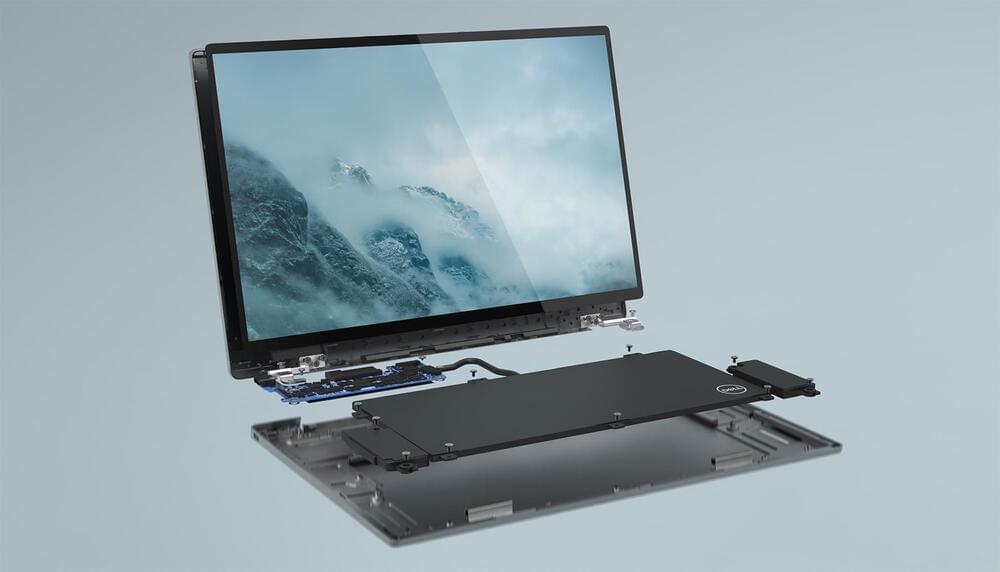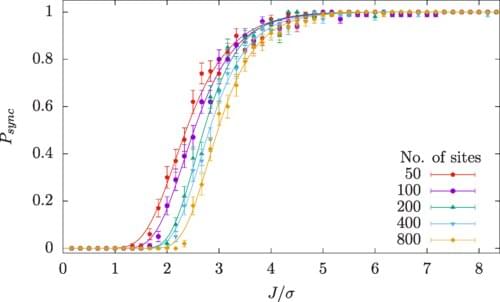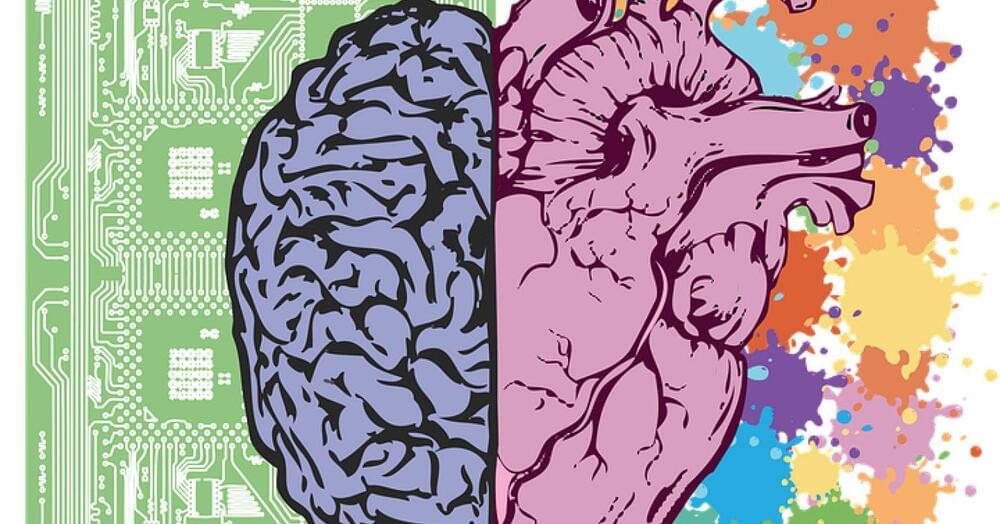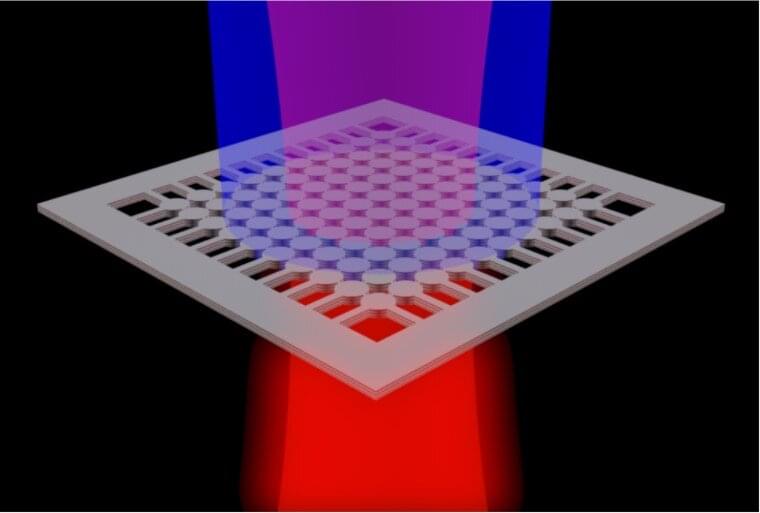Dec 14, 2021
Ground-State Entanglement gives birth to Quantum Energy Teleportation
Posted by Quinn Sena in categories: energy, quantum physics
Circa 2009 real teleportation not just in the quantum realm.
Ground-state entanglement induces emergence of negative-energy-density regions in quantum systems by squeezing zero-point oscillation, keeping total energy of the systems nonnegative. By use of the negativity of quantum energy density, protocols of quantum energy teleportation are proposed that transport energy to distant sites by local operations and classical communication. The energy is teleported without breaking any physical laws including causality and local energy conservation. Because intermediate subsystems of the energy transfer channel are not excited during the protocol execution, the protocol attains energy transportation without heat generation in the channel. We discuss the protocol focusing around qubit chains. In addition, we address a related problem of breaking ground-state entanglement by measurements.


















